When it comes to porcelain tile flooring or wall solutions, you have a few alternatives, including unglazed porcelain and glazed porcelain. Porcelain tiles have unique characteristics and also outperform ceramic tiles and nearly all other flooring alternatives in all categories. Porcelain tiles have denser and thicker bodies than ceramic tiles, and they are far less porous. Not all porcelain tiles, however, are created equal. There are significant variations between glazed and unglazed porcelain, which we have mentioned here to help you make your decision. Porcelain tile, both glazed and unglazed, is formed by compressing and tightly burning clay, silica, and other naturally derived ingredients at extremely high temperatures within a specially designed kiln. Because of the intense density and heat, vitrification occurs, which is why porcelain is very resistant to water and other impurities. Glazed tiles are manufactured in a separate manner from porcelain tiles. Glazed tiles have an extra coating of liquid glass placed on the surface of the porcelain tile that is between 5-7 microns thick. Glazed porcelain tile is often thinner and less thick than unglazed porcelain tile. The quality of glazed porcelain tiles influences their durability. 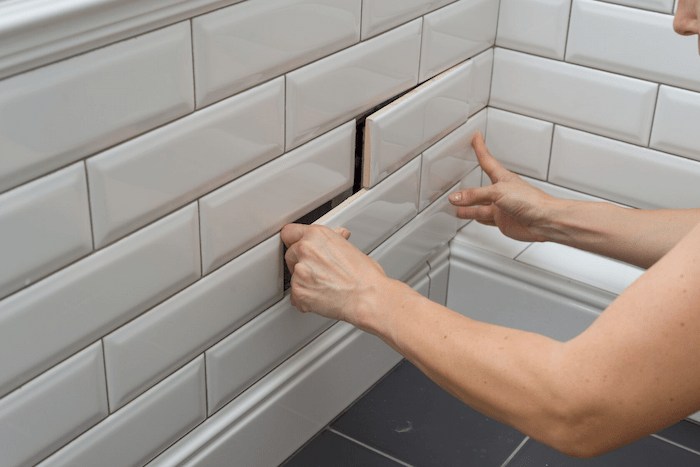 A lighter glaze is denser than a darker glaze because it is fired at greater temperatures. Glazed porcelain tile is one of the most moisture-resistant goods due to the extra layer of glass on the surface. The Porosity of glazed porcelain tile is typically less than 0.5 percent. Unglazed porcelain tile has an unfinished appearance. Unglazed porcelain tile with a raw surface is more slip-resistant. The color of unglazed porcelain tiles, also known as totally vitrified tiles, runs through the whole body of the tile. This implies that chips in the tile will be barely evident because the biscuit or body is the same color as the tile's surface. A glazed porcelain tile cannot be sealed. Because of their limited porosity and resistance to moisture, most sealants wear off over time or may not stick at all. Due to its inherent moisture resistance, only a few high-quality sealants may be used on unglazed porcelain. Unglazed porcelain tile can be sealed if desired, although it is not required because it already possesses qualities identical to glazed porcelain.
A lighter glaze is denser than a darker glaze because it is fired at greater temperatures. Glazed porcelain tile is one of the most moisture-resistant goods due to the extra layer of glass on the surface. The Porosity of glazed porcelain tile is typically less than 0.5 percent. Unglazed porcelain tile has an unfinished appearance. Unglazed porcelain tile with a raw surface is more slip-resistant. The color of unglazed porcelain tiles, also known as totally vitrified tiles, runs through the whole body of the tile. This implies that chips in the tile will be barely evident because the biscuit or body is the same color as the tile's surface. A glazed porcelain tile cannot be sealed. Because of their limited porosity and resistance to moisture, most sealants wear off over time or may not stick at all. Due to its inherent moisture resistance, only a few high-quality sealants may be used on unglazed porcelain. Unglazed porcelain tile can be sealed if desired, although it is not required because it already possesses qualities identical to glazed porcelain.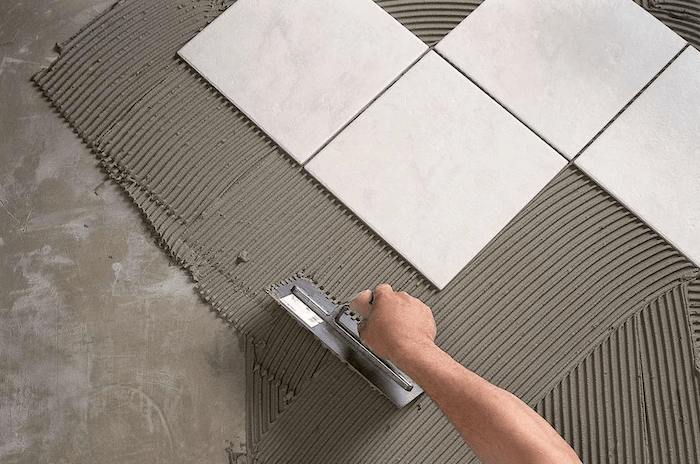
glazed tiles uses
Glazed porcelain tiles are ideal for interior uses and will enhance the appearance of your home. They are great for use in kitchens, bathrooms, and even laundry rooms that are immaculate. Due to the glazing process, these tiles are available in a range of colors, allowing you to create virtually any desired aesthetic. Glazed tiles are also frequently utilized as kitchen backsplashes, allowing you to choose a color scheme that compliments the area's design. Glazed tiles are resilient and can endure whatever the kitchen may throw at them due to their scratch resistance. Examine the differences between glazed and unglazed porcelain tiles. If you want to install tiles in areas such as the bathroom, shower, or pool area, you must use slip-resistant materials. Less slippery than glazed tiles, unglazed tiles are the ideal option in this situation.  In addition to being ideal for exterior or high-traffic locations, unglazed porcelain tiles are less costly than glazed porcelain tiles. However, despite the fact that unglazed tiles are resilient and slip-resistant, they may not offer the look and finish you seek for your home. Additionally, unglazed tiles are less resistant to stains, so their look will not endure ordinary wear and tear as well - especially if your home is prone to spills! Alternatively, glazed tiles are visually pleasing and need little upkeep. Their innate brightness will shine through even the dirtiest floors, and a quick mop will always restore their sparkling radiance. They are more expensive than unglazed tiles, but after you see your floor, you will agree that the extra cost was well worth it. Glazed porcelain tiles are just as slip-resistant as matte-finished tiles, despite their glossy look. Obviously, water will make glazed tiles more slippery, but this is true of all flooring types. If you so want, you can even use glazed porcelain in your shower. Typically, porcelain tiles are denser and less permeable than ceramic tiles. This makes them excellent for high-traffic areas like the kitchen and bathroom. So, go ahead and create a mess! Due to their density, porcelain tiles are also more durable than ceramic tiles.
In addition to being ideal for exterior or high-traffic locations, unglazed porcelain tiles are less costly than glazed porcelain tiles. However, despite the fact that unglazed tiles are resilient and slip-resistant, they may not offer the look and finish you seek for your home. Additionally, unglazed tiles are less resistant to stains, so their look will not endure ordinary wear and tear as well - especially if your home is prone to spills! Alternatively, glazed tiles are visually pleasing and need little upkeep. Their innate brightness will shine through even the dirtiest floors, and a quick mop will always restore their sparkling radiance. They are more expensive than unglazed tiles, but after you see your floor, you will agree that the extra cost was well worth it. Glazed porcelain tiles are just as slip-resistant as matte-finished tiles, despite their glossy look. Obviously, water will make glazed tiles more slippery, but this is true of all flooring types. If you so want, you can even use glazed porcelain in your shower. Typically, porcelain tiles are denser and less permeable than ceramic tiles. This makes them excellent for high-traffic areas like the kitchen and bathroom. So, go ahead and create a mess! Due to their density, porcelain tiles are also more durable than ceramic tiles. 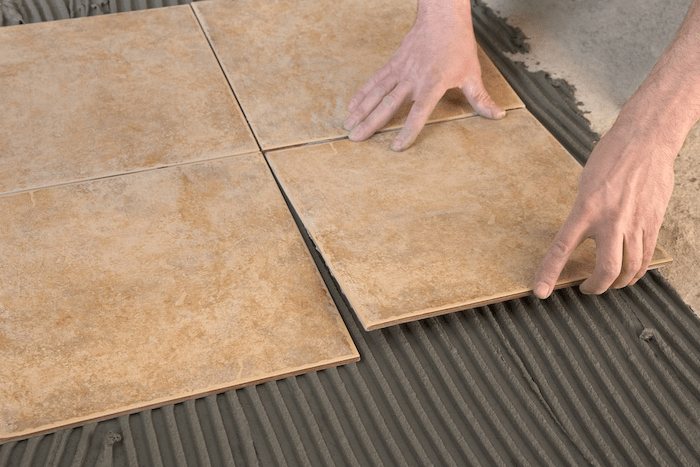
what is unglazed ceramic tile
here is an explanation of what unglazed ceramic tile is. The firing of unglazed tiles in a kiln renders them usable without further processing. As a result of its slipperiness, glazed tiles are mostly utilized inside the home. Typically, the natural surface of unglazed tiles makes them slip-resistant and excellent for outdoor, moist, and commercial applications. Because of the nonporous layer of liquid glass, glazed tiles are resistant to stains; yet, scratches are visible due to the high shine. Unglazed tiles are scratch-resistant, but more vulnerable to stains due to their natural look. Unglazed tiles are denser and thicker than their glazed counterparts. Glazed tiles are available in a variety of colors and designs, and they may even be manufactured digitally using inkjet printers. The only accessible appearance for unglazed tiles is rustic, earthy, and natural. Never glaze porcelain tiles with a solid body. Unglazed porcelain tiles always have a uniform color throughout their entirety. Ceramic tiles are typically made from clay that has been baked in a kiln before being utilized. 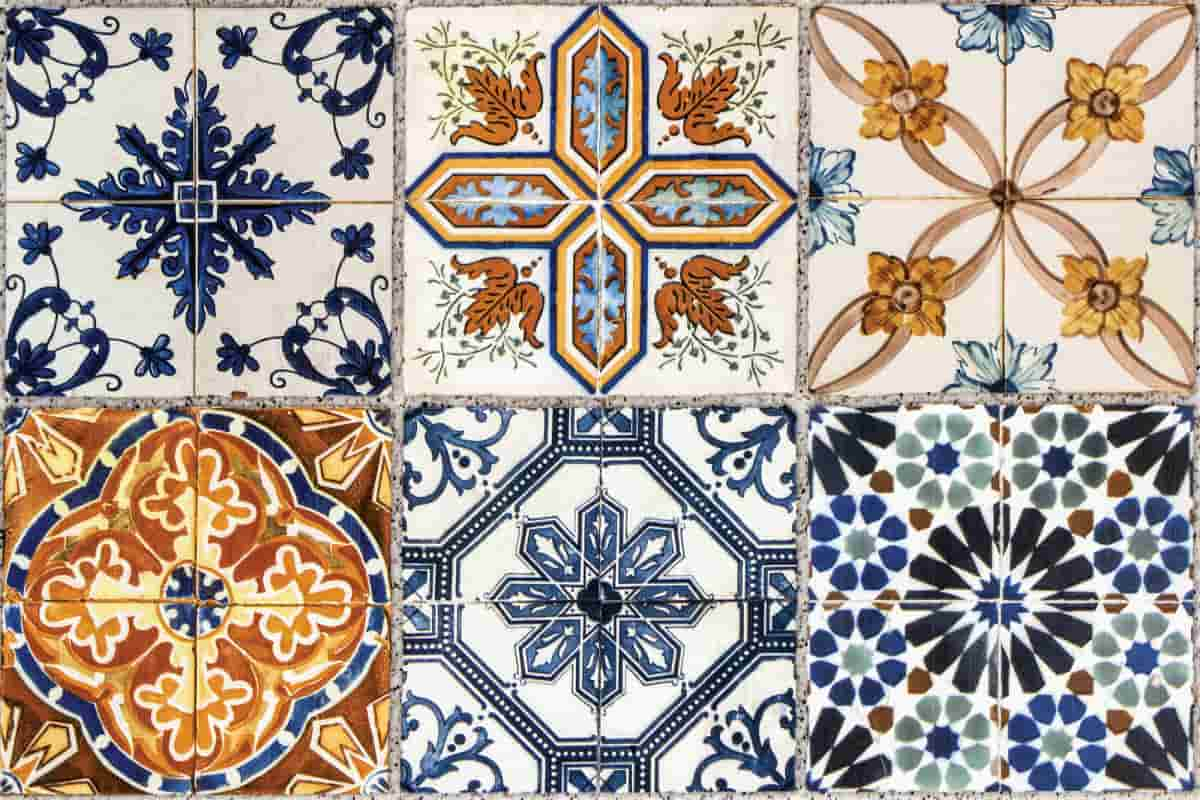 Before putting the tile into the kiln, any glaze that needs to be applied is done so at this point in the process. During the firing process, the glaze adheres to the clay body of the tile's top surface, creating a link between the two. Tiles that do not have a glaze coating on them are referred to as unglazed tiles. This is the most notable distinction between glazed and unglazed tiles. glazed tiles are more expensive. Unglazed ceramic and porcelain tiles get their color from the mineral deposits in the clay that is used to make them, or from the addition of natural pigments. Neither type of tile is glazed. These pressed pigments have the potential to be shaped into a pattern, and this pattern has the potential to flow all the way down into the tile, creating what is known as a "full body porcelain tile," as opposed to simply having a design on the surface of the tile. As a direct consequence of this, unglazed tiles have a look that is earthier and natural. Unglazed tiles will change color and absorb liquids over time because they do not have a protective layer made of liquid glass. Because of this, unglazed tiles need to have a protective sealer applied to them on a regular basis and then recoated. Glazed tiles, on the other hand, will never lose their ability to repel water throughout your entire life.
Before putting the tile into the kiln, any glaze that needs to be applied is done so at this point in the process. During the firing process, the glaze adheres to the clay body of the tile's top surface, creating a link between the two. Tiles that do not have a glaze coating on them are referred to as unglazed tiles. This is the most notable distinction between glazed and unglazed tiles. glazed tiles are more expensive. Unglazed ceramic and porcelain tiles get their color from the mineral deposits in the clay that is used to make them, or from the addition of natural pigments. Neither type of tile is glazed. These pressed pigments have the potential to be shaped into a pattern, and this pattern has the potential to flow all the way down into the tile, creating what is known as a "full body porcelain tile," as opposed to simply having a design on the surface of the tile. As a direct consequence of this, unglazed tiles have a look that is earthier and natural. Unglazed tiles will change color and absorb liquids over time because they do not have a protective layer made of liquid glass. Because of this, unglazed tiles need to have a protective sealer applied to them on a regular basis and then recoated. Glazed tiles, on the other hand, will never lose their ability to repel water throughout your entire life.
what is glazed porcelain tile
m1any people may wonder what is the difference between glazed and unglazed porcelain tile. clay, silica, and other naturally occurring materials are compressed and tightly burned at extremely high temperatures in a specialized kiln to create porcelain tiles, both glazed and unglazed. Because of vitrification, which is brought on by the high density and heat of porcelain, it is particularly resistant to water and other impurities. Porcelain tiles are created differently from glazed tiles. The second layer of liquid glass, 5-7 microns thick, is placed on the surface of porcelain tiles to create glazed tiles. Porcelain tile with a glaze is often thinner and less dense than porcelain tile without a glaze. The durability of glazed porcelain tiles is influenced by the glaze quality. Higher firing temperatures result in denser glazes than lower firing temperatures do. Glazed porcelain tile is one of the items that resist moisture the best because of the extra layer of glass that is applied to its surface. Glazed porcelain tile typically has a porosity of less than 0.5 percent. Unglazed porcelain tile has an unfinished appearance. Porcelain tiles that are unglazed and have a raw surface are more slip-resistant. 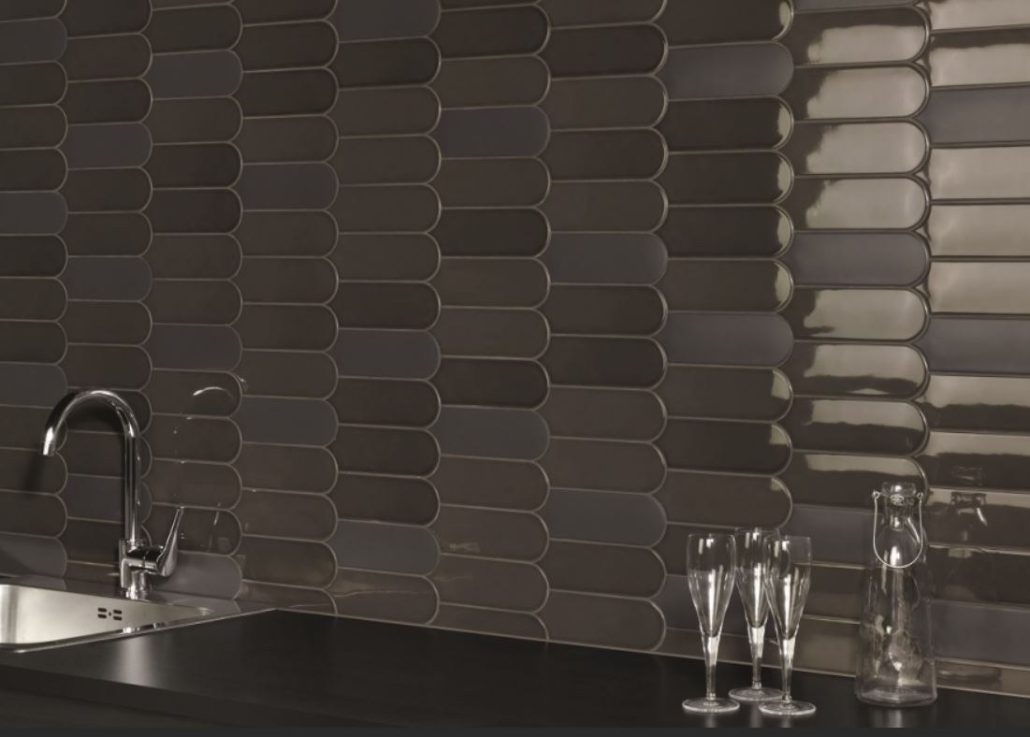 Fully vitrified porcelain tiles, also known as unglazed porcelain tiles, have a consistent color all over their bodies. Since the surface of the tile and the biscuit or body are the same color, chips in the tile should be difficult to see. The glaze on porcelain tiles prevents them from being sealed. The vast majority of sealants, due to their low porosity and high resistance to water, degrade over time or fail to adhere completely altogether. Because of its natural imperviousness to moisture, unglazed porcelain can only be sealed with a select few high-quality sealants. This is owing to the material's intrinsic strength.
Fully vitrified porcelain tiles, also known as unglazed porcelain tiles, have a consistent color all over their bodies. Since the surface of the tile and the biscuit or body are the same color, chips in the tile should be difficult to see. The glaze on porcelain tiles prevents them from being sealed. The vast majority of sealants, due to their low porosity and high resistance to water, degrade over time or fail to adhere completely altogether. Because of its natural imperviousness to moisture, unglazed porcelain can only be sealed with a select few high-quality sealants. This is owing to the material's intrinsic strength.  Because unglazed porcelain tile already possesses the same attributes as glazed porcelain, sealing it is not required but can be done if desired. Consequently, glazed porcelain tile is not an alternative. To begin, unglazed porcelain tile is extremely difficult to get and, as a result, typically costs more than glazed porcelain because the production process involves the addition of additional coloration and density. Porcelain that has not been glazed, on the other hand, will hold up better over time. The application of the glass will determine whether a glazed or an unglazed version is utilized. Porcelain that has not been glazed is the material of choice for the vast majority of commercial projects that involve substantial or high levels of foot traffic. Glazed porcelain tile is the more common option since it is more readily available, comes in a wider variety of styles, and costs less than unglazed porcelain tile. Both types, however, are suitable for any application.
Because unglazed porcelain tile already possesses the same attributes as glazed porcelain, sealing it is not required but can be done if desired. Consequently, glazed porcelain tile is not an alternative. To begin, unglazed porcelain tile is extremely difficult to get and, as a result, typically costs more than glazed porcelain because the production process involves the addition of additional coloration and density. Porcelain that has not been glazed, on the other hand, will hold up better over time. The application of the glass will determine whether a glazed or an unglazed version is utilized. Porcelain that has not been glazed is the material of choice for the vast majority of commercial projects that involve substantial or high levels of foot traffic. Glazed porcelain tile is the more common option since it is more readily available, comes in a wider variety of styles, and costs less than unglazed porcelain tile. Both types, however, are suitable for any application. 
unglazed tiles meaning
the meaning of an unglazed tile is a tile that is not coated with a glossy or lustrous surface or finish. The glazed tiles undergo a second firing, this time with a protective layer of liquid glass. This protective coating makes the tiles slightly slick, but it also permits the inkjet printing of a wide variety of designs and colors. Modern tile designs provide precise replicas of anything from Carrara marble to ancient wood planks at a fraction of the cost. During the firing process, the essential differentiation between glazed and unglazed tiles is formed. Both types of tiles are created using natural clays and pigments, which are then baked to harden them. This concludes the production of unglazed tiles, which have a more natural, rustic appearance with a surface that is rough and matte. Due to its rough texture, which increases grip and traction, unglazed tiles are ideal for wet areas and outdoor applications. Also appropriate for high-traffic areas, such as the floor of a laundry room, is unglazed porcelain tile.  This is because of its matte finish and dense composition, which resists scratches and wear. Although unglazed porcelain tiles are attractive, glazed porcelain tiles are more popular and widely available. Because there are so many design options for glazed porcelain tile, there is a glazed tile suitable for any style. Glazed tiles are perfect for kitchen backsplashes because of their smooth, impermeable texture, which makes cleanup a breeze. The protective coating also protects glazed tile against stains and bacteria. Glazed tiles are smoother than unglazed tiles, but they may still have texture and are not necessarily glossy, making them suitable for a variety of applications. Despite being less solid and thicker than unglazed ceramic and porcelain tile, glazed ceramic and porcelain tiles provide a broader variety of forms and colors Glazed tiles are more resistant to stains because they are coated with a nonporous layer of liquid glass. There are a variety of glazing options, each of which impacts the level of durability.
This is because of its matte finish and dense composition, which resists scratches and wear. Although unglazed porcelain tiles are attractive, glazed porcelain tiles are more popular and widely available. Because there are so many design options for glazed porcelain tile, there is a glazed tile suitable for any style. Glazed tiles are perfect for kitchen backsplashes because of their smooth, impermeable texture, which makes cleanup a breeze. The protective coating also protects glazed tile against stains and bacteria. Glazed tiles are smoother than unglazed tiles, but they may still have texture and are not necessarily glossy, making them suitable for a variety of applications. Despite being less solid and thicker than unglazed ceramic and porcelain tile, glazed ceramic and porcelain tiles provide a broader variety of forms and colors Glazed tiles are more resistant to stains because they are coated with a nonporous layer of liquid glass. There are a variety of glazing options, each of which impacts the level of durability. 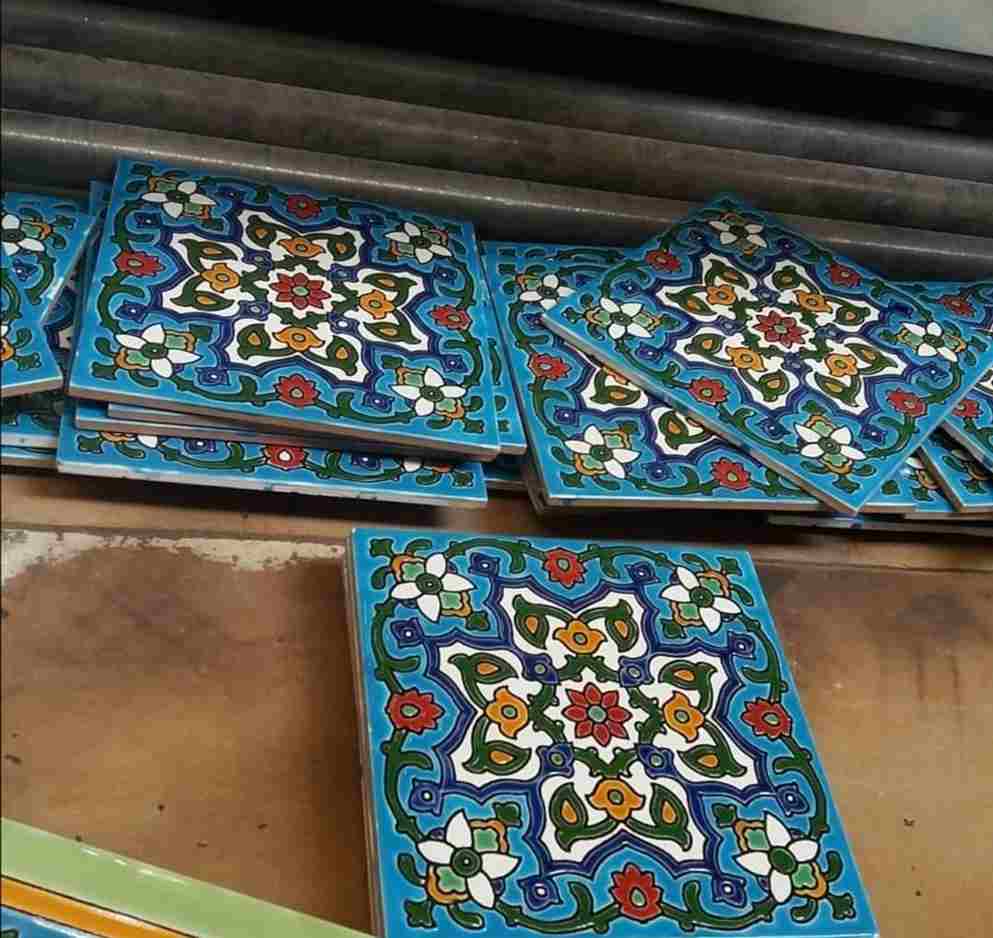 Some varieties of glazed tile are fired at higher temperatures than others, resulting in better durability. This is typically determined by the glaze's brightness or blackness, with lighter glazes being tougher. Matte and satin surfaces are typically more difficult to manipulate than shiny ones. When picking glazed porcelain and ceramic tile, it is often advisable to strike a balance between practicality and aesthetics. Whether you choose glazed or unglazed tile, each offers distinctive qualities. As usual, it is essential to comprehend both the space's specifications and the desired aesthetic. As a consequence, you will be able to enjoy your flooring installation for many years to come. Our experts will assist you in choosing the best design with the greatest quality, contact us for more information.
Some varieties of glazed tile are fired at higher temperatures than others, resulting in better durability. This is typically determined by the glaze's brightness or blackness, with lighter glazes being tougher. Matte and satin surfaces are typically more difficult to manipulate than shiny ones. When picking glazed porcelain and ceramic tile, it is often advisable to strike a balance between practicality and aesthetics. Whether you choose glazed or unglazed tile, each offers distinctive qualities. As usual, it is essential to comprehend both the space's specifications and the desired aesthetic. As a consequence, you will be able to enjoy your flooring installation for many years to come. Our experts will assist you in choosing the best design with the greatest quality, contact us for more information.

0
0